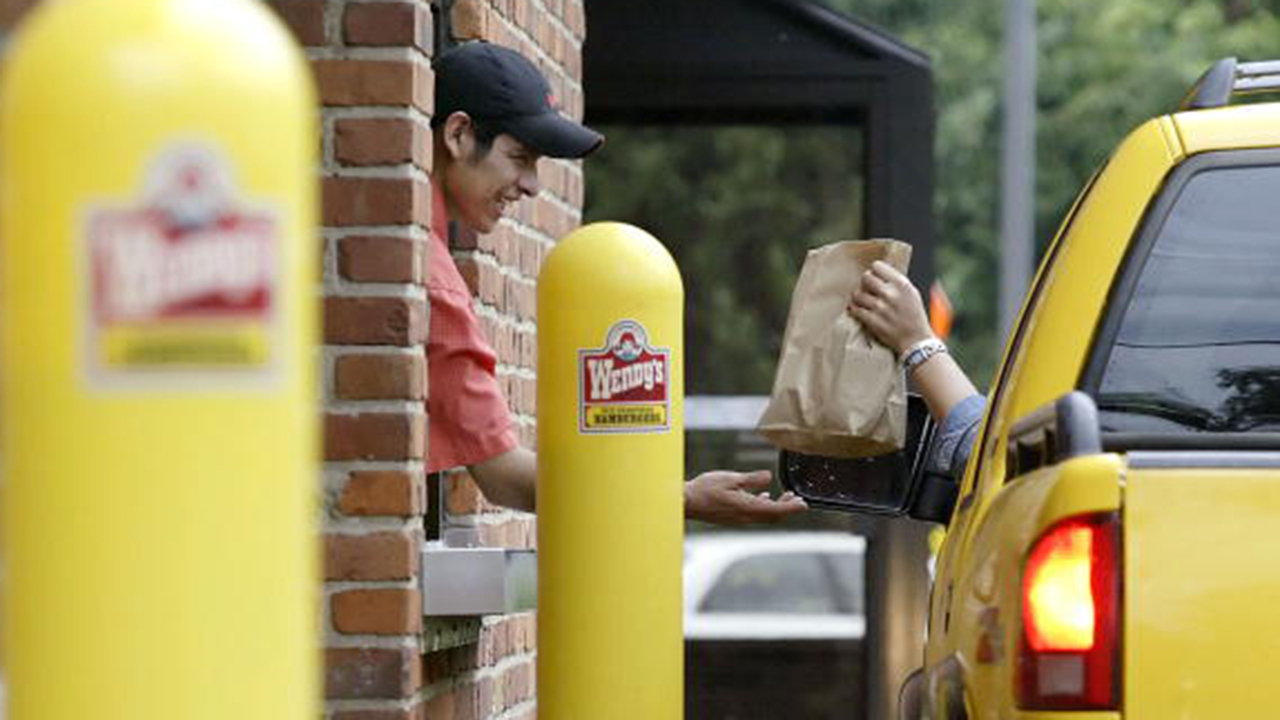Coronavirus slows drive-thru restaurant service times, study finds
Average wait time at drive-thrus increased nearly 30 seconds
If your fast food seems a little slower these days, it’s not just your imagination – and the coronavirus pandemic may be to blame.
Drive-thru times at 10 of the country’s top fast-food restaurants increased by an average of nearly 30 seconds compared with a year ago, according to a report from market research agency SeeLevel HX. The agency’s annual study found that the average drive-thru wait time was 356.8 seconds, compared with just 327 seconds in 2019.
| Ticker | Security | Last | Change | Change % |
|---|---|---|---|---|
| YUM | YUM! BRANDS INC. | 155.05 | +1.63 | +1.06% |
| MCD | MCDONALD'S CORP. | 299.78 | +2.32 | +0.78% |
| DNKN | NO DATA AVAILABLE | - | - | - |
HOW CHECKERS & RALLY’S IS GROWING ITS DRIVE-THRU AND DELIVERY, DIGITAL FOOTPRINT
Lisa van Kesteren, CEO of SeeLevel HX, said the longer wait times were a result of increased traffic, stricter safety standards and more staff turnover and training related to COVID-19.
“So I’m not surprised to see a dip in speed of service,” van Kesteren said in a statement.
The study included 1,490 drive-thru visits at McDonald’s, Chick-fil-A, Burger King, Wendy’s, Dunkin’, KFC, Taco Bell, Arby’s, Hardee’s and Carl’s Jr.
KFC had the shortest wait time and was the only chain to have an average wait time under five minutes. (iStock)
FAST FOOD DRIVE-THRUS GET A NEW SHAPE-UP IN CORONAVIRUS WORLD
Only KFC, McDonald’s and Taco Bell had faster average waits in 2020, according to the study. KFC had the shortest wait time and was the only chain with an average wait time under five minutes. Taco Bell was second-fastest with an average wait of 310.2 seconds, followed by Hardee’s with 321.6 seconds.
Chick-fil-A, which is known for its customer service, had the longest average wait time at 488.8 seconds, or more than eight minutes, according to SeeLevel HX. And despite the waits, Chick-fil-A ranked first among customer ratings in order accuracy, customer service and taste.
A Chick-fil-A employee gestures to a car at a drive-thru in Pembroke Pines, Fla. (AP Photo/Brynn Anderson)
GET FOX BUSINESS ON THE GO BY CLICKING HERE
Burger King has seen the largest increase in total wait times over the past couple of years. As of 2018, it had the shortest wait with 229.2 seconds, according to the study. It increased in 2019 and this year to 344.3 seconds.
Longer wait times aren’t just annoying for customers. They can cost restaurants revenue, according to SeeLevel HX. The agency estimated potential loss per year at more than $32,000 per store.
“Every second has a substantial impact on the bottom line,” van Kesteren said. “And as more restaurants rely on the drive-thru for the majority of their revenue during this pandemic, and likely long term, it’s never been more critical to focus on improving wait time by investing in technology like menu boards and mobile to stay competitive.”

